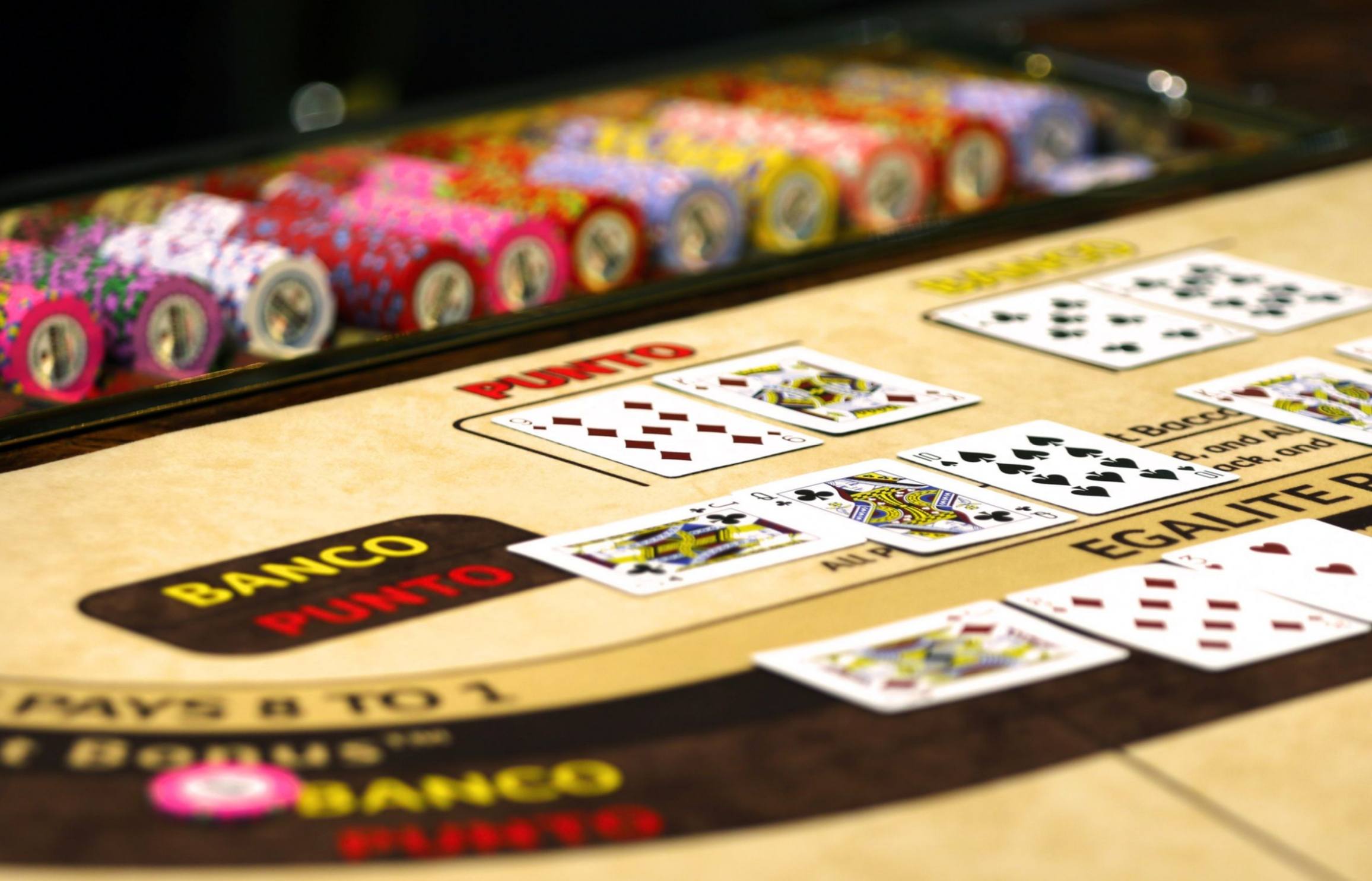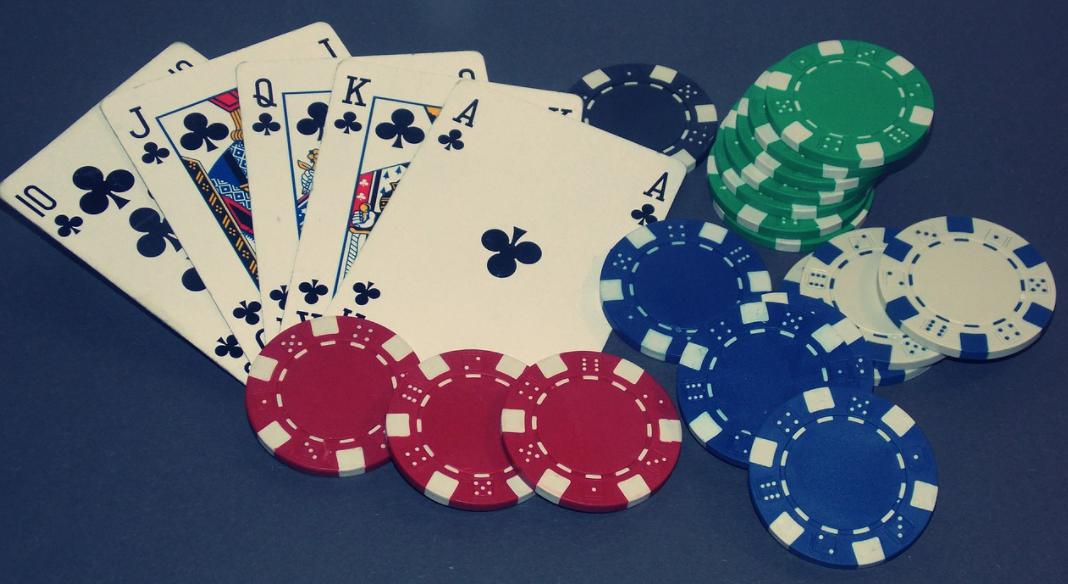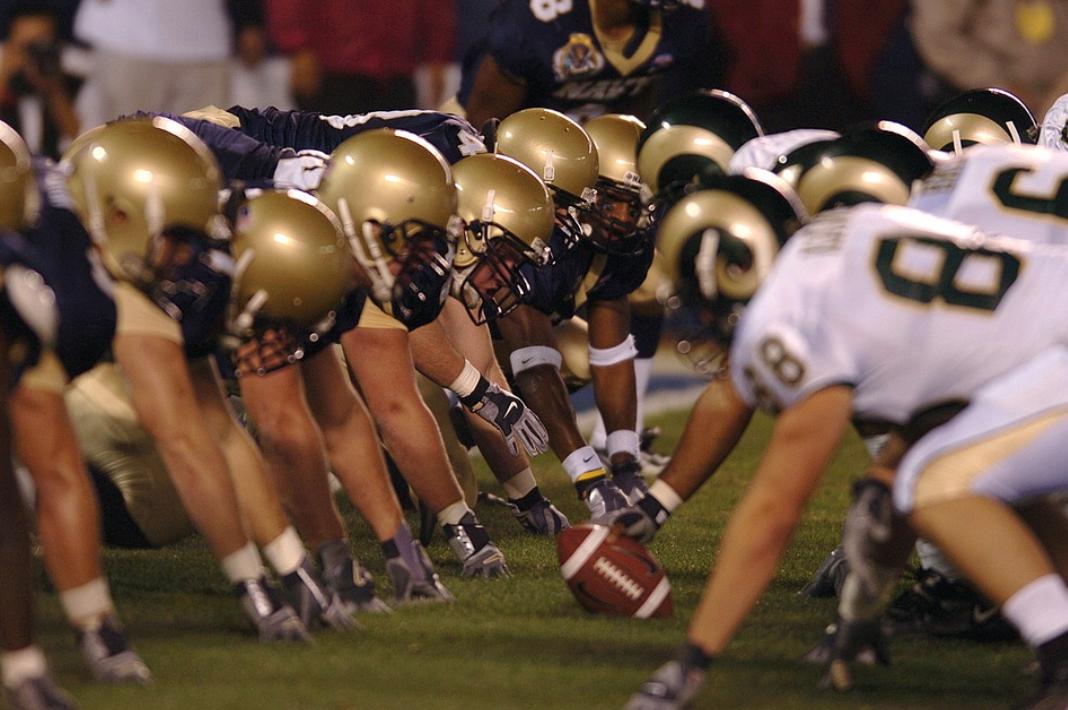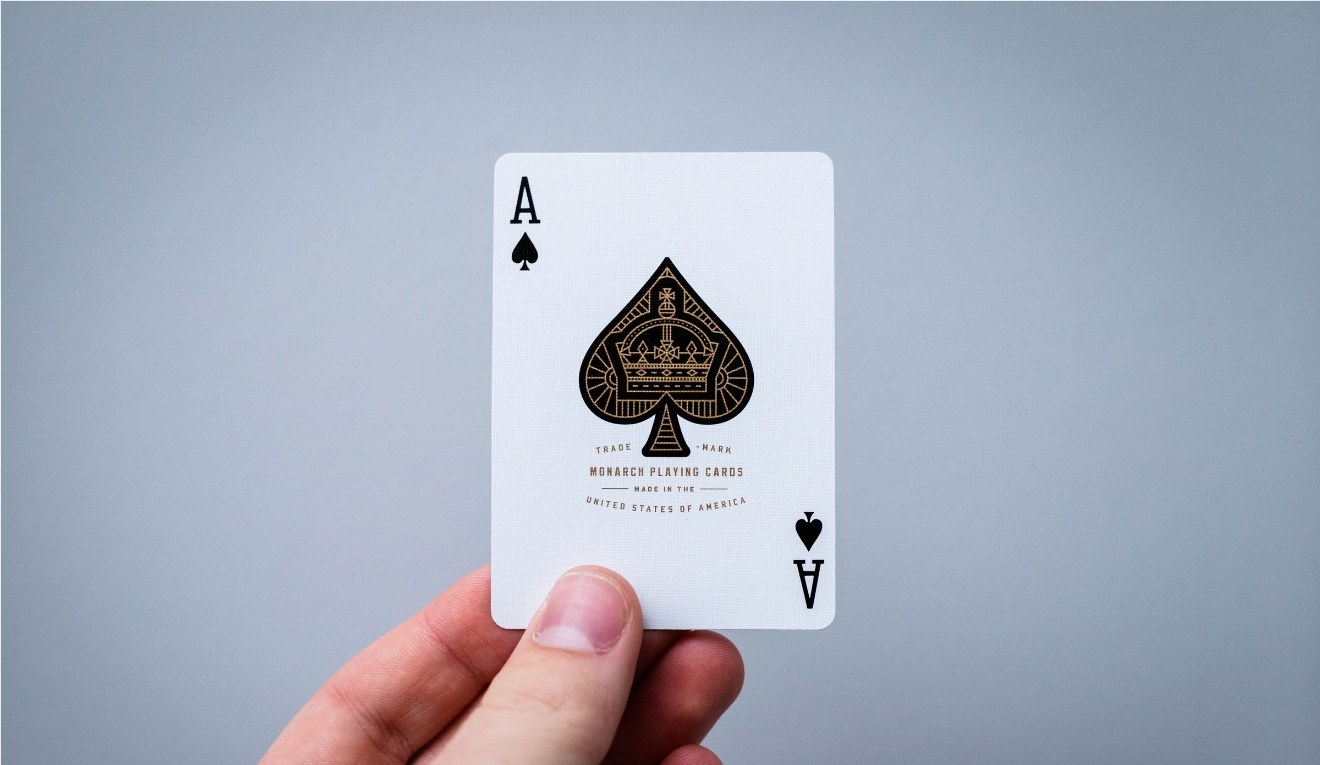Do you want to increase bets while you're winning for a chance to maximize profits? Do you prefer to increase bets when losing to try to turn losing sequences into winners? Will simple addition or subtraction to bets do it for you, or would you like to try something a little more involved?
Players try all of the above in their quest for profits. Many think the strategies spice up baccarat, which is strictly no-strategy when it comes to drawing cards. Cards are dealt by rule, with no decisions by bettors.
A few words of caution:
We need to keep a couple of points in mind when playing Baccarat:
- No betting system can change the house edges at baccarat, which stand at 1.06 percent if you bet on the banker hand and 1.24 percent if you bet on player.
- If a system leads you to bet more money than you would by betting the same amount on every hand, it eventually will lead to larger losses.
- Some systems can lead you to win more often than you lose, such as the classic Martingale. However, in bad times such systems lead to bets so large that a loss will wipe out dozens of wins. In the end, the house edge holds up.
- Understand that bettors must pay a 5 percent commission on winning banker bets. Banker wins more often than it loses, so the house charges the commission to make a profit. If you win a $20 player bet, you keep the $20 bet and win $20. If you win a $20 banker bet, you keep the $20 bet but most pay $1 of the $20 in winnings to the house.
That affects expectations when deciding whether to increase wagers, decrease, or leave them the same. If you lose a $20 banker bet then win a second at the same amount, the win and loss don't offset and take you back to square one. Instead, you've lost $20 then won $19, leaving a net loss of $1 for the two wagers.
With those cautions in mind, let's look at a few specifics in systems baccarat players use to size their bets.
Baccarat Simple Progressions
Players who increase wagers after each win are hoping to catch a winning streak that will send profits soaring to levels they wouldn't reach by betting flat amounts. They feel like they're not risking anything extra because the increased wager size comes out of winning and not out of their pockets.
There are several ways to go about it, with some progressions being more aggressive than others. Most progressions stop short of doubling bets after every win because any loss would wipe out all previous winnings on the streak.
Many like to wait until the third win to start doubling, so a $10 win would be followed by another $10 bet. If that won, a $20 bet would follow, and some portion of each winning bet would be added to the next bet.
Another player option is including a stopping point. Without a stopping point, any loss comes with the largest bet in the sequence on the table. So players designate a stopping point, ending the sequence and dropping back to a minimum bet after the stop point is reached.
- To see how it works, let's use a progression that starts at $10, waits until two wins to increase to $20, then increases bets by $10 a hand after each win through six in a row. If the player won a seventh bet, the next wager would revert to $10.
- If the player won the maximum seven in a row, that would mean winning bets at $10, $10, $20, $30, $40, $50 and $60 for a total of $220.
- You can see the appeal. Seven wins at a flat $10 each would bring only $70.
- There is risk if results are choppy and you never get a big streak. Two $10 wins followed by a $20 loss mean no profit, while $10 bets on each hand would result in a $10 profit. Wins at $10, $10 and $20 followed by a $30 loss leaves a $10 net profit, while the same results at $10 each would bring a $20 profit.
Players who love progression think the chance at a big streak and a big win make that risk worthwhile.
Martingale Baccarat system:
One of the most famous and widespread system, the Martingale involves:
- Doubling your bet after every loss.
- Any win on player wipes out losses and gives you a profit of your original bet. If you're betting banker, wins will be a bit more frequent, but because of the commission, wins don't offset all losses.
- Bets can get very large, very fast. Caution is advised!
- If you start with a $10 bet, five losses in a row would mean losses of $10, $20, $40, $80 and $160, with a $320 bet next for a chance to turn your losses into a $10 profit. Your chances of winning the sixth bet are no better than on any of the first five.
If that seems a risk worth wariness, well, it is. Proceed with caution. Martingales win more often than they lose, but when they lose, the losses are huge.
D'alembert Baccarat System:
This also involves increasing bets when you lose, but much more slowly.
- You start by choosing a base unit to increase or decrease wagers. Imagine you're using $5 chips and designate $5 as your base unit. Next, imagine your starting bet is $10.
- If you lose, you add the base unit to your next bet, so it's $15. Lose again, and your next bet adds another base unit for a total of $20.
- After any win, you decrease the bet by the base unit. So when you win after two losses, your wager decreases to $15.
- Any time your wager is less than the original bet, you're in profit territory. Most bettors at that point will lock up that profit and start a new sequence.
Unlike the Martingale, one win can't turn a losing session into a winner. You'll have losing sequences more often than with a Martingale. But also unlike the Martingale, bets don't get so large so quickly that one loss can do serious damage to your bankroll.
Labouchere Baccarat System
Sometimes called the cancellation system, the LaBouchere increases your bets after losses in a little more complex manner than other systems here. You're going to want to keep a scorecard on this one.
- Start by designating a sequence of wagers. With a $10 base, a four-part Labouchere would be $10-$20-$30-$40, and your target win is the total of those numbers, or $100.
- Your first wager is the total of the lowest and highest numbers in your sequence, so in this case it would be $50. If you win, you cross off $10 and $40, and your next wager is the total of the two remaining numbers, $20 and $30. Win again, and you've cancelled all numbers and have your profit.
- However, if you lose your first wager, you must append that $50 loss to the high end of the list. Now the list is $10-$20-$30-$40-$50. Your next wager consists of the low and high ends -- $10 and $50, for a $60 bet. Lose again, and $60 is appended to the list and your next wager is $70.
- But after any win, the two numbers used are canceled, so winning at $10 plus $60 would require you to scratch off those two numbers. Your next wager would bet the new $20 bottom and $50 top, or $70.
- As long as you keep cancelling numbers, you're in good shape, but long losing streaks can be costly.
Baccarat's house edge remains the same through any of these systems. They change the monetary distribution but not the percentages of wins and losses. They do add intrigue to the game and whether they're for you depend on your goals and preferences regarding a shot at big wins vs. more frequent small wins and your tolerance for sizable losses when the bad streaks happen.
Guides Similar to this Topic







